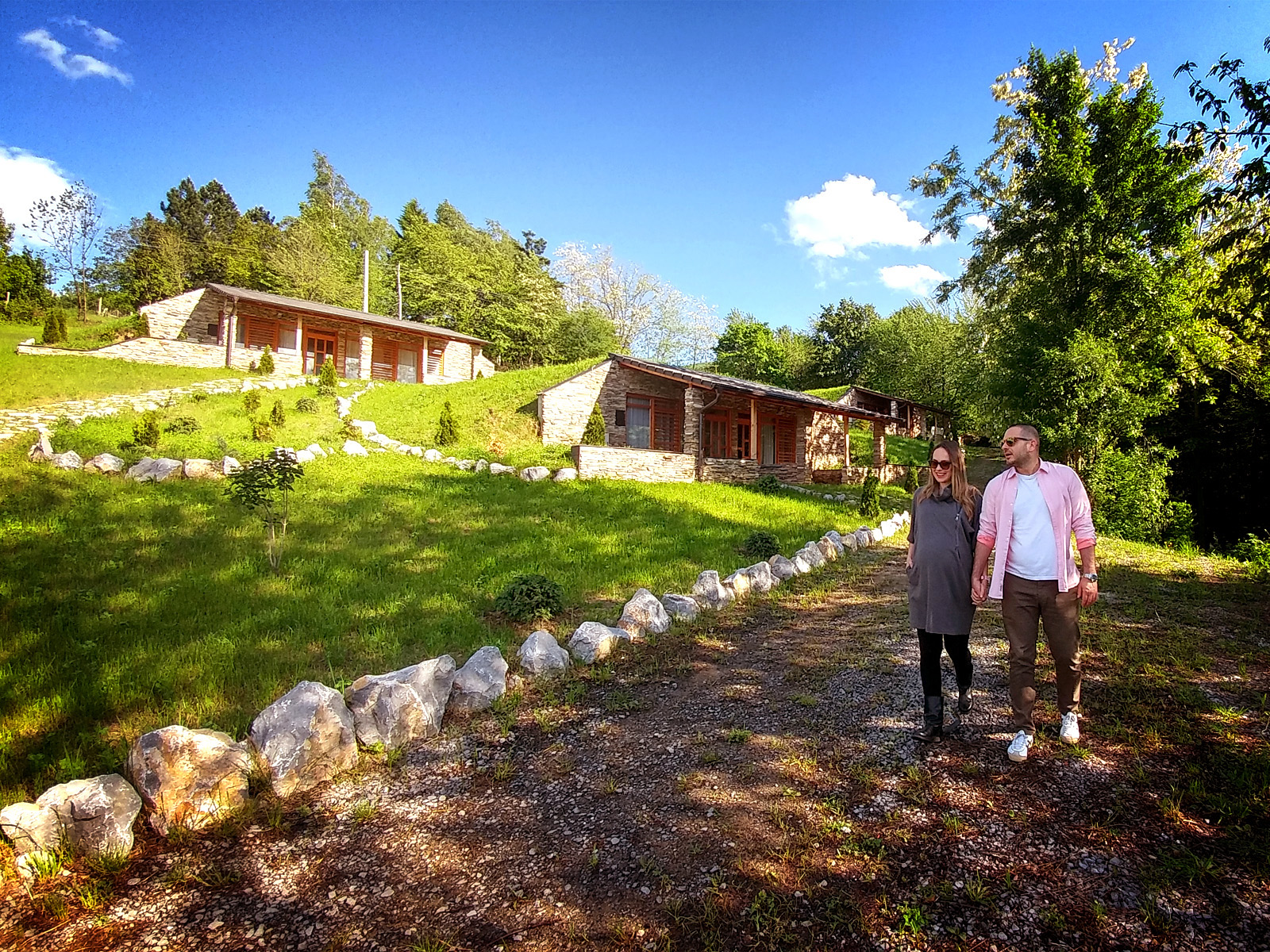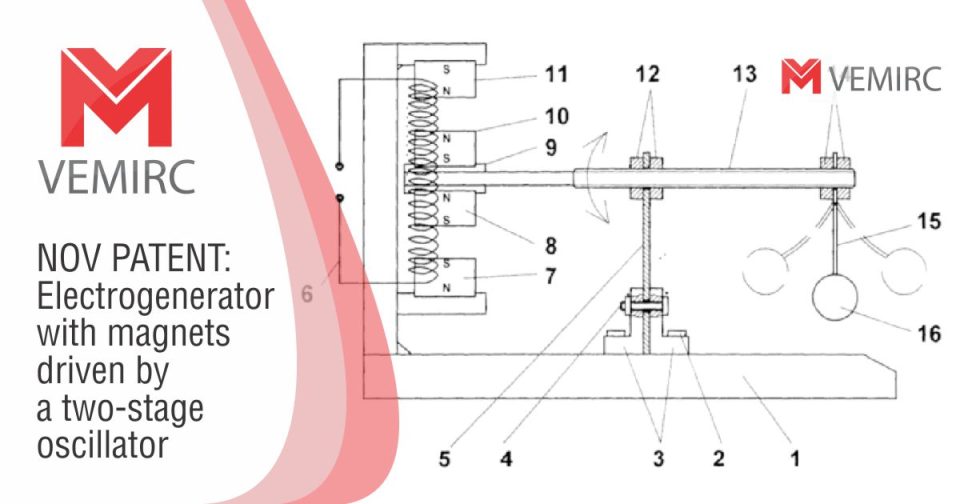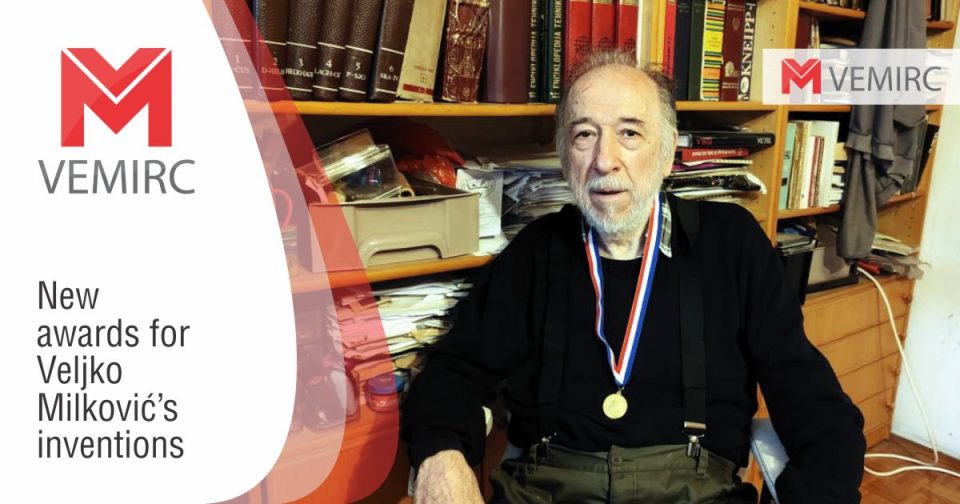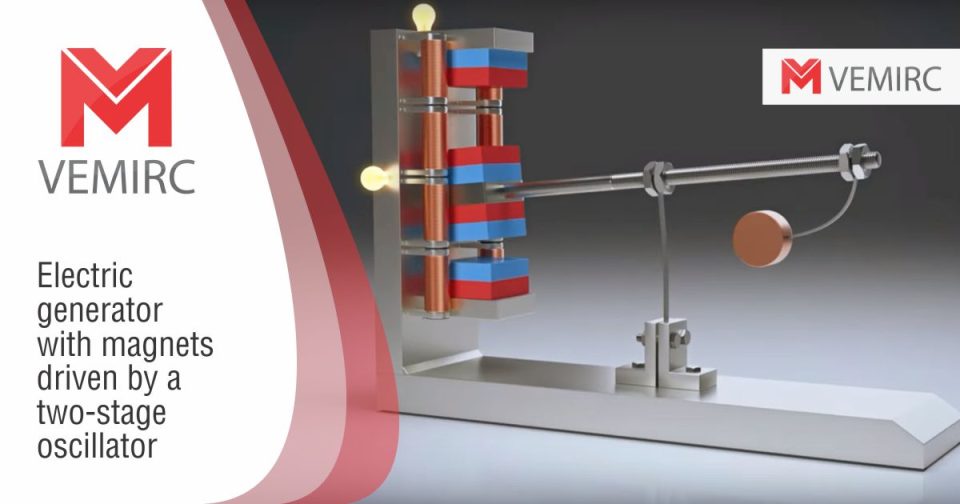
RTV: The ecological house concept and the future of eco building

Veljko Milković awarded Tesla prize
July 29, 2024
Veljko Milković Tesla Award winner (VIDEO)
August 12, 2024Veljko Milković’s concept of the self-heating ecological house, as one of the most energy-efficient building models, continues to capture attention. Radio Television Vojvodina published an article providing an excellent review of this concept, as well as the administrative issues related to constructing such a model house in Serbia.
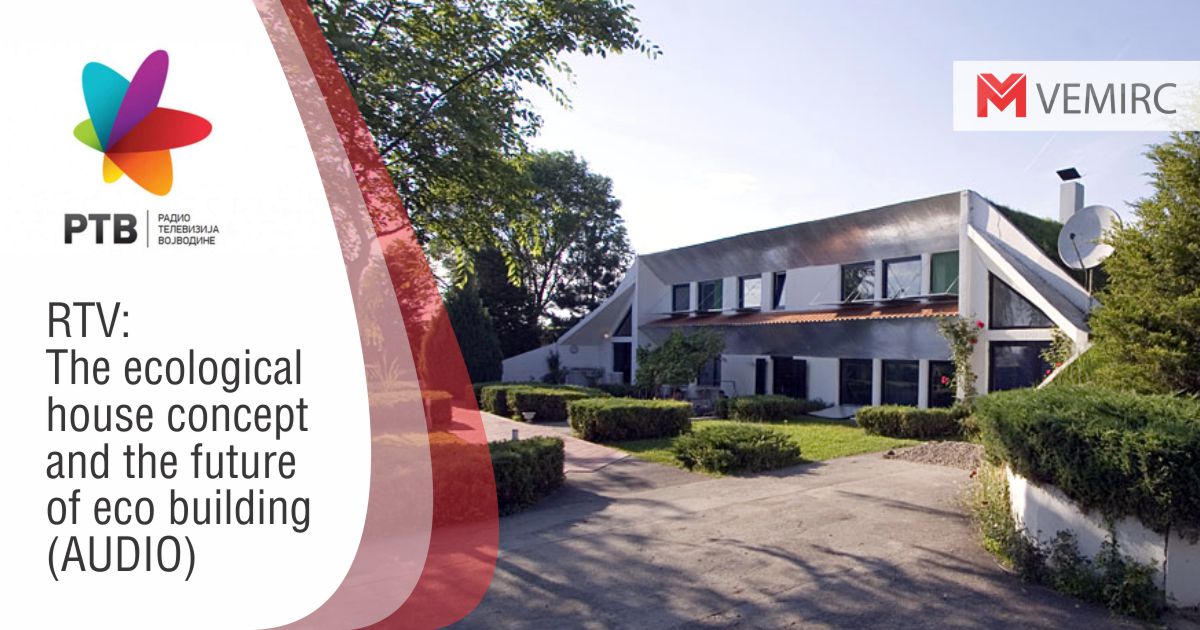
The original article is published in Serbian language, so the follownig text is a full translation of the published article:
The return to nature and ecological construction represent a blend of tradition, science, and contemporary ecological aspirations. Trends in environmental preservation are also emerging in the realm of eco-architecture, or so-called ecological house construction. This type of building, besides its benefits in energy savings, also faces administrative issues related to building and usage permits.
Building materials have historically been natural, such as stone, wood, earth, lime, and straw. Some of these materials have proven to be exceptional thermal insulators. Consider the region of Cappadocia in Turkey or Spain, where there are cave houses and earth shelters still inhabited, many of which have become tourist attractions. In Scandinavia, there are old rural households with houses whose roofs were covered with earth and grass. Even in Vojvodina, about a hundred years ago, earth was used as a building material, a specific combination of earth, straw, clay, and lime as a binding material. One of the first innovators in eco-construction for energy conservation, known for his self-heating eco-house or solar earth shelter, is Veljko Milković from Novi Sad, a prominent researcher and inventor. To date, about ten houses have been built using this concept. Energy preservation through the construction of highly energy-efficient ecological buildings was the focus of his research, for which he registered a patent for the solar earth shelter. According to Veljko Milković, this building makes maximum use of geothermal heat. Although it is not very high—40 milliwatts per square meter on the surface—the energy is preserved with massive earth walls to minimize the use of active energy systems.
In Milković's invention, besides the massive earth walls, one of the most important elements and energy collectors are the reflective surfaces. These are referred to as passive energy sources. They consist of flat elements covered with aluminum foil, which are mounted in a specific way above and below glass window surfaces. These surfaces are inconspicuous from the outside of the building and do not interfere with the occupants.
It is very difficult to achieve complete autonomy of a building without the use of active energy systems. Regarding whether it is possible to create an ecological building as a hybrid with minimal addition of active energy sources such as renewable sources like solar panels
The question arises as to how to address administrative issues and possibly legalize such buildings.
Milković suggests that the relevant authorities could be asked to register the building as a model or experimental structure for scientific purposes, with the results showing its practical applicability, energy efficiency, and cost. In practice, there are examples of eco-energy houses based on Veljko Milković’s patent. One of the largest and most representative is that of engineer Alexander Nikolić, who has lived in such a house for 30 years. Engineer Nikolić has calculated the energy savings in his building, finding that this type of savings makes summer and winter vacations practically free. The self-heating ecological house achieves heating savings of up to 85%, cooling savings of up to 100%, and lighting savings of around 30%. All this is achieved through maximum use of solar light and energy and the use of natural building materials, such as compacted earth with a certain percentage of clay that provides excellent thermal and sound insulation as well as resistance to fire and termites.
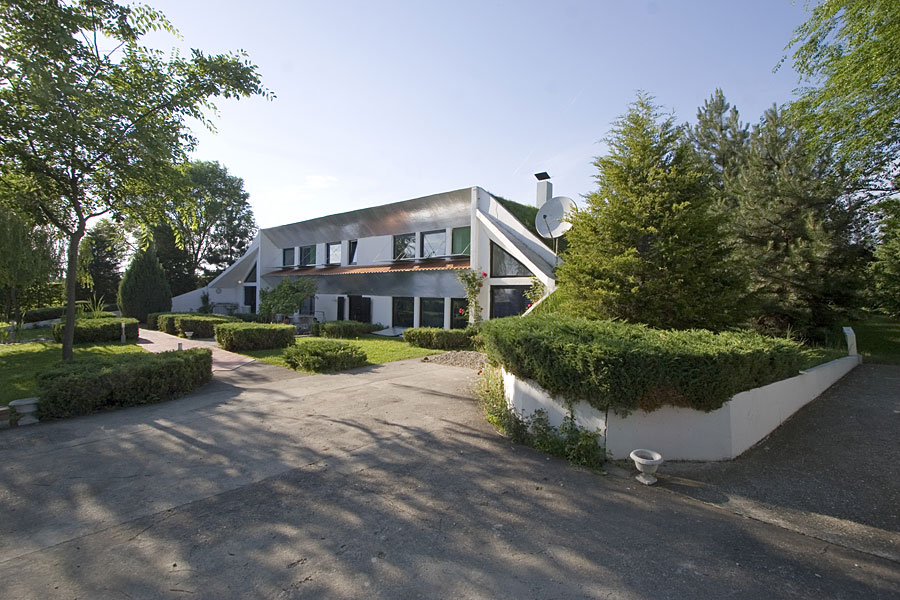
Veljko Milković’s patent has also found use in the tourist settlement Zdravkovac in Šumadija, which partially resembles Tuscany and partially Provence due to its integration with nature. The construction of bungalows as autonomous energy objects, highly attractive to eco-tourists who often insist on staying in this type of natural structure—earth shelters—contributes to this.
